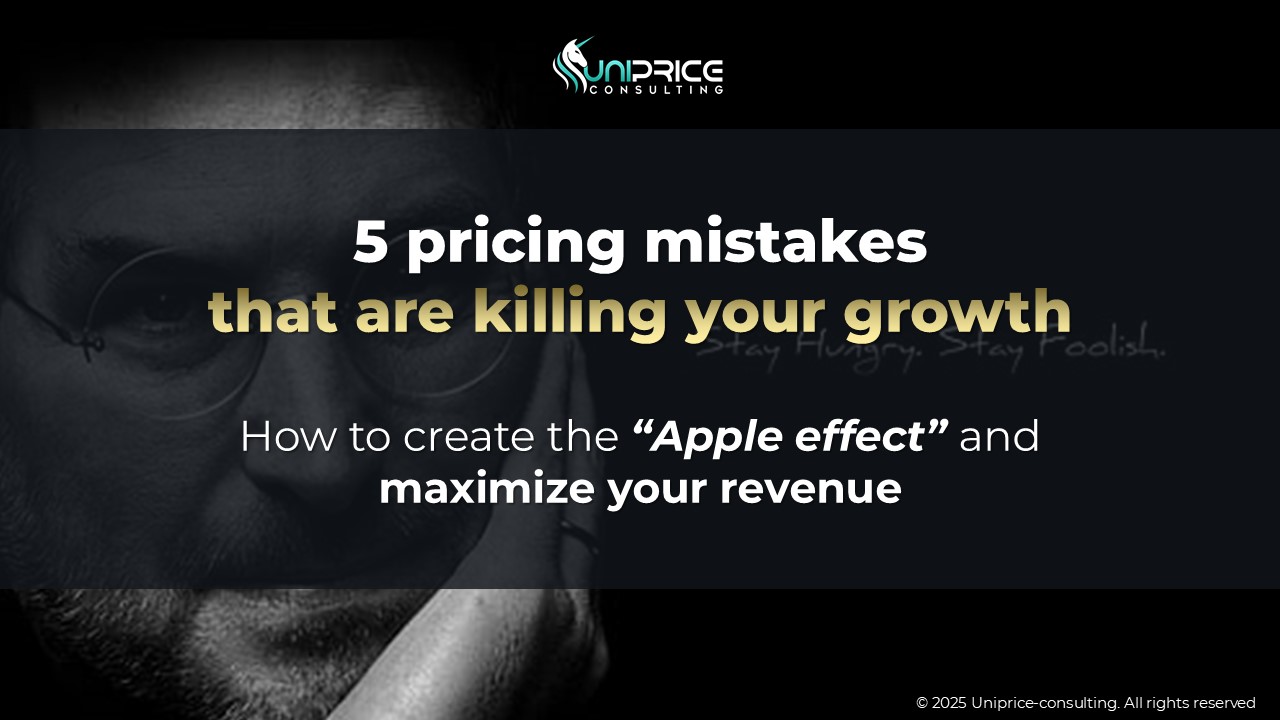In the fast-changing world of technology and software, the ways companies make money have changed a lot. The different ways of earning money shows not only how the business world is changing, but also what today’s users need and want. For companies that offer SaaS (where S stands for Solutions that cover Software, Hardware, Platform… ) picking the right way to make money is not just about dollars and cents. It’s a big decision that can help them succeed or cause problems in the market. Let’s look at the most common ways SaaS companies earn money:
- Subscription-based model: With the proliferation of digital subscriptions across various domains, the SaaS world has adeptly adapted. Users are charged periodically, monthly, quarterly, or annually. A major implication is the potent predictability of the revenue stream. However, it mandates SaaS providers to perpetually deliver exceptional value, balancing the promise of steady income against the imperative of customer retention in a fiercely competitive environment.
- Freemium model: A tantalizing teaser, the freemium model offers users core features for free, betting on the intrinsic value to coax them towards premium, paid functionalities. The major implication is that it plays the numbers, aiming to entice a massive user base and subsequently convert a loyal fraction to paid tiers. The challenge lies in calibrating the free offerings to be sufficiently engaging without diluting the allure of the premium tier.
- Usage-based Model: Echoing the principles of utility services, users are billed correlating to their consumption levels. A major implication is that it gives a sense of equity, users appreciate the direct tie between value and cost. However, it introduces a variable revenue stream for providers, making financial predictions more nuanced.
- Dynamic pricing model: The chameleon of pricing models, dynamic pricing adjusts in real-time based on a multitude of factors ranging from demand and supply dynamics, user behaviour, market conditions, or even competitor pricing. Major implication is that it leverages data analytics, and offers unparalleled flexibility, allowing SaaS companies to optimize pricing continuously. While it can maximize revenues during peak demand, it demands a robust analytic infrastructure and can sometimes challenge customer trust if not communicated transparently.
Choosing the right revenue model offers several advantages. Chief among them is customer-centricity; by reflecting user behaviour, it fosters trust. Users inevitably perceive a clear link between the pricing they experience and the value they receive. Furthermore, a thoughtfully constructed model promises sustainability and growth. By championing transparency and placing value at the core of pricing, businesses position themselves favourably for long-term customer retention.
As you contemplate your model, ensure you rigorously address these pivotal questions to ensure the right decision:
- Market acceptance: How will your target market react to your model, and will it be widely accepted? Does your model align with what customers expect in terms of predictability, flexibility, fairness, transparency, and risk-sharing?
- Market trends alignment: Ensure your model is poised to leverage prevailing market trends. Adapting now prevents more significant adjustments down the road.
- Timing considerations: Assessing potential barriers to purchase is critical. Initially, focus on minimizing friction. As your market position strengthens, you can introduce more sophisticated revenue models.
- Competitive edge: A revenue model can serve as a potent tool for establishing a competitive advantage. It can obscure direct comparisons and set your offering apart. However, be wary. A misaligned model might inadvertently weaken your market position.
- Operational feasibility: Do you possess the requisite technology and processes? Consider, for instance, a usage-based model. Many organizations lack the resources to integrate even foundational features into their offerings.
To conclude, in the dynamic expanse of today’s digital economy, choosing a revenue model presents both a challenge and an opportunity for SaaS companies. It is a strategic imperative that shapes customer relationships, brand perception, and growth potential. Such choices require synergy between a company’s technological infrastructure, sales strategy, and overarching processes. At Uniprice, our mission is to guide clients in defining and fine-tuning their ideal revenue model, helping them not only fit seamlessly into their target market but also carve out a robust competitive edge. If you’d like to learn more about our services, feel free to contact us directly.
Lyas Driad
CEO








